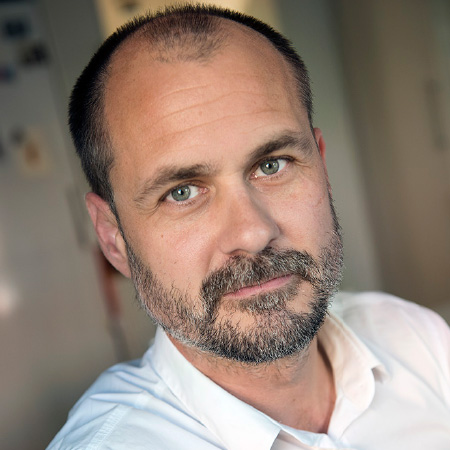Energy for the cells in the body comes from protein, carbs, alcohol and fibres. Primary source is glucose which comes mainly from carbs, but can also be converted from proteins and partly from fat as well (two articles easy to understand 1, 2, and the more complex Nordic Nutrition Recommendations, side 273 and onwards 3). An adult have a basal need of glucose of approximately 120 grams/day, particular the brain and the CNS (central nervous system) use glucose primarily.
To understand the tight regulation of glucose in the human body, first we should know that an adult man have approximately 75 ml blood/kg bodyweight, a woman 65 ml/kg and a child about 80 ml/kg (4). The glucose molecular weight is 180,56 g/mol, or 0,18 g/mmol (5). The non-diabetes human body aims for keeping a level of 5 mmol/L, 90 mg/dl, constantly. Why precise that level we don´t exactly know. If having a glucose of 5 mmol/l, 90 mg/dl, we can calculate: 0,18 g x 5 mmol = 0,90 gram glucose/L blood. So, a man who weighs 75 kg have approximately 5,6 litres blood (75 ml/kg bodyweight * 75 kg). 0,9 gram glucose/L blood * 5,6 litres blood gives 5 gram glucose. In the entire bloodstream.
It´s a myth that all people without diabetes have a glucose trend as a flat line, in fact studies with sensor-based technology have last year’s given us the insight that there may be fluctuations in non-diabetics as well (6). The differences are that those fluctuations are relative small, within euglycemia, and if moving out of this time spent there is short, median 26 minutes above 7,8 mmol/L (140 mg/dl). Reference values for glucose, see here (7). To convert the glucose values, see HbA1c converter.
References:
- http://www.diabetesforecast.org/2011/mar/how-the-body-uses-carbohydrates-proteins-and-fats.html
- https://www.ncbi.nlm.nih.gov/books/NBK22436/
- http://norden.diva-portal.org/smash/get/diva2:704251/FULLTEXT01.pdf
- https://reference.medscape.com/calculator/estimated-blood-volume
- https://pubchem.ncbi.nlm.nih.gov/compound/D-glucose#section=Top
- https://doi.org/10.1007/s00125-010-1741-9
- http://apps.who.int/iris/bitstream/10665/43588/1/9241594934_eng.pdf


























